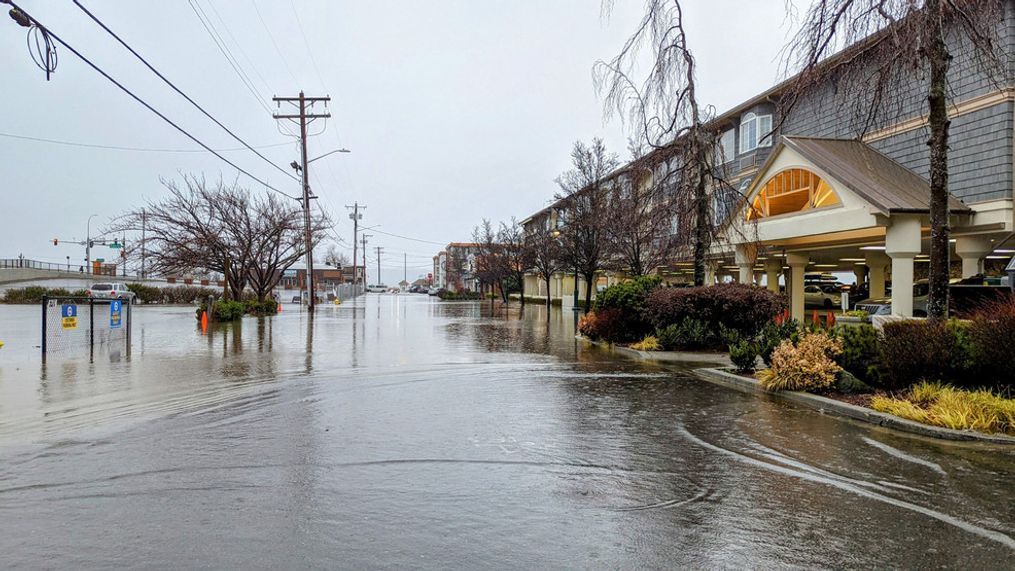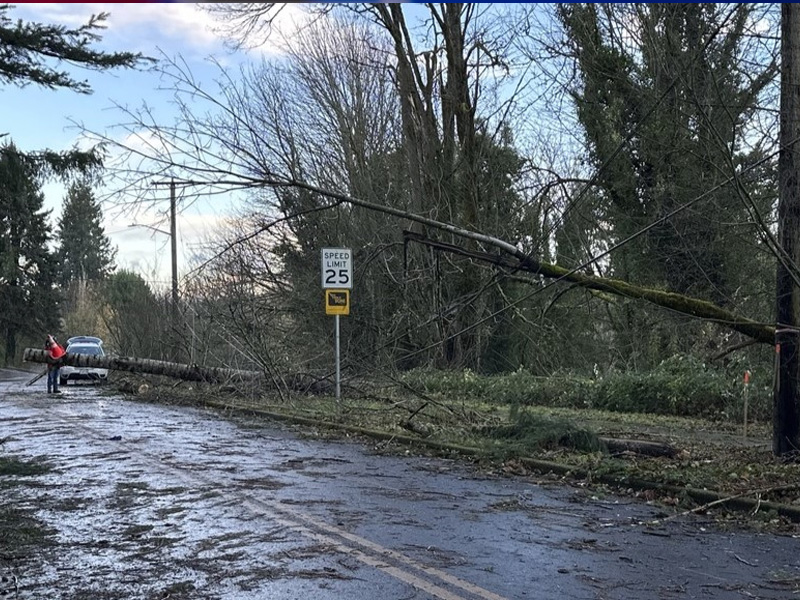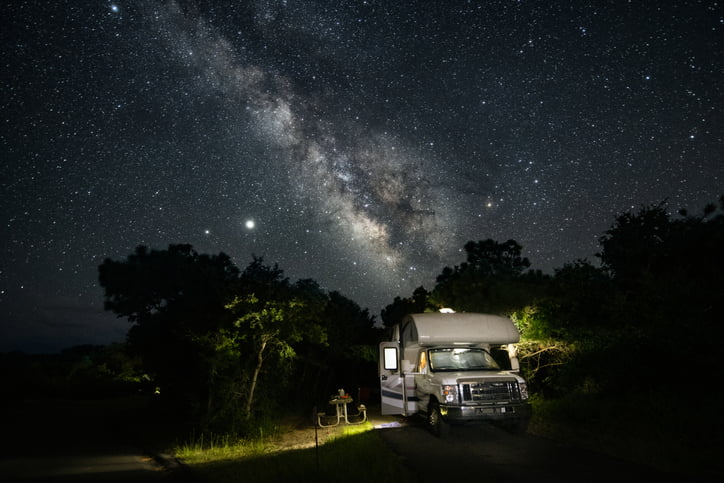Seattle, get ready for an intense blast of extreme weather! A powerful storm system is barreling toward the Pacific Northwest, bringing torrential rain, howling winds, and the very real threat of flash flooding. If you’ve been enjoying the occasional dry days, those are about to disappear fast—this system is expected to drench the city, snarl traffic, and even cause power outages as trees and power lines come crashing down. With a Flood Watch now in effect, officials are warning residents to prepare now before conditions become dangerous.
Seattle Braces for Dangerous Storm – Here’s What to Expect
Meteorologists are closely tracking a strong Pacific storm system that is expected to slam into the Seattle area on Wednesday and linger into Thursday. The storm is bringing multiple threats, including:
- Heavy Rainfall: Some areas could see up to 2 inches of rain in just a few hours, which could lead to urban flooding and rising river levels.
- Gusty Winds: Winds could reach 40-50 mph, which is strong enough to knock down trees and cause scattered power outages.
- Treacherous Roads: Ponding water on highways, coupled with reduced visibility from heavy rain, will make commuting extremely dangerous.
- Flooding Risk: The National Weather Service has issued a Flood Watch, meaning conditions are favorable for river and street flooding, especially in low-lying areas and neighborhoods near water bodies.
This storm is expected to linger through Thursday, meaning multiple rounds of heavy rainfall could make the flooding threat even worse.
How Much Rain and Wind Will Seattle Get?
- Rainfall Totals:
- 1 to 2 inches of rain is expected, with isolated areas possibly seeing even higher amounts.
- Wind Gusts:
Winds will reach speeds of 40-50 mph, strong enough to bring down branches and power lines. - Temperature Drop:
High temperatures will hover around 52°F, with overnight lows dipping to 40°F, making it a cold, wet, and windy 48 hours ahead.

Why This Storm Is More Dangerous Than Usual
- FLOODING THREAT IS REAL – Seattle’s already saturated ground means rain won’t be absorbed quickly, increasing the risk of flash flooding and overflowing rivers.
- STRONG WINDS COULD CAUSE DAMAGE – Winds could topple trees, tear off branches, and knock out power, leading to blackouts across parts of the city.
- DANGEROUS DRIVING CONDITIONS – Heavy rain will make roads slick and reduce visibility, increasing the risk of accidents.
- ROUGH SEAS AND COASTAL IMPACTS – If you’re traveling by ferry, expect delays and choppy conditions, with strong winds creating hazardous waves along the coast.
How to Stay Safe During Seattle’s Severe Weather Event
- Prepare for Flooding – If you live near a river, lake, or low-lying area, be ready for possible flooding. Move valuables to higher ground and keep an emergency kit nearby.
- Secure Outdoor Items – Winds strong enough to knock down trees can also send patio furniture, trash cans, and loose objects flying.
- Charge Your Devices – Power outages are likely, so keep your phone, flashlights, and backup batteries fully charged.
- Stay Off the Roads if Possible – Commuters should expect delays and dangerous driving conditions. If you must drive, go slow and watch for water-covered roads.
- Check for Weather Alerts – The situation could change rapidly, so stay tuned to official weather updates and emergency broadcasts.
Final Thoughts: Seattle’s Weather Is About to Get Intense!
Seattle is no stranger to rain, but this storm is bringing more than just drizzle. With the risk of flash flooding, dangerous winds, and power outages, it’s critical to be prepared. Don’t assume this is just another wet day in the Pacific Northwest—this system has the potential to cause significant disruptions.
If you haven’t already, now is the time to stock up on essentials, secure your home, and plan for possible outages. Stay informed, stay indoors when possible, and most importantly—stay safe



